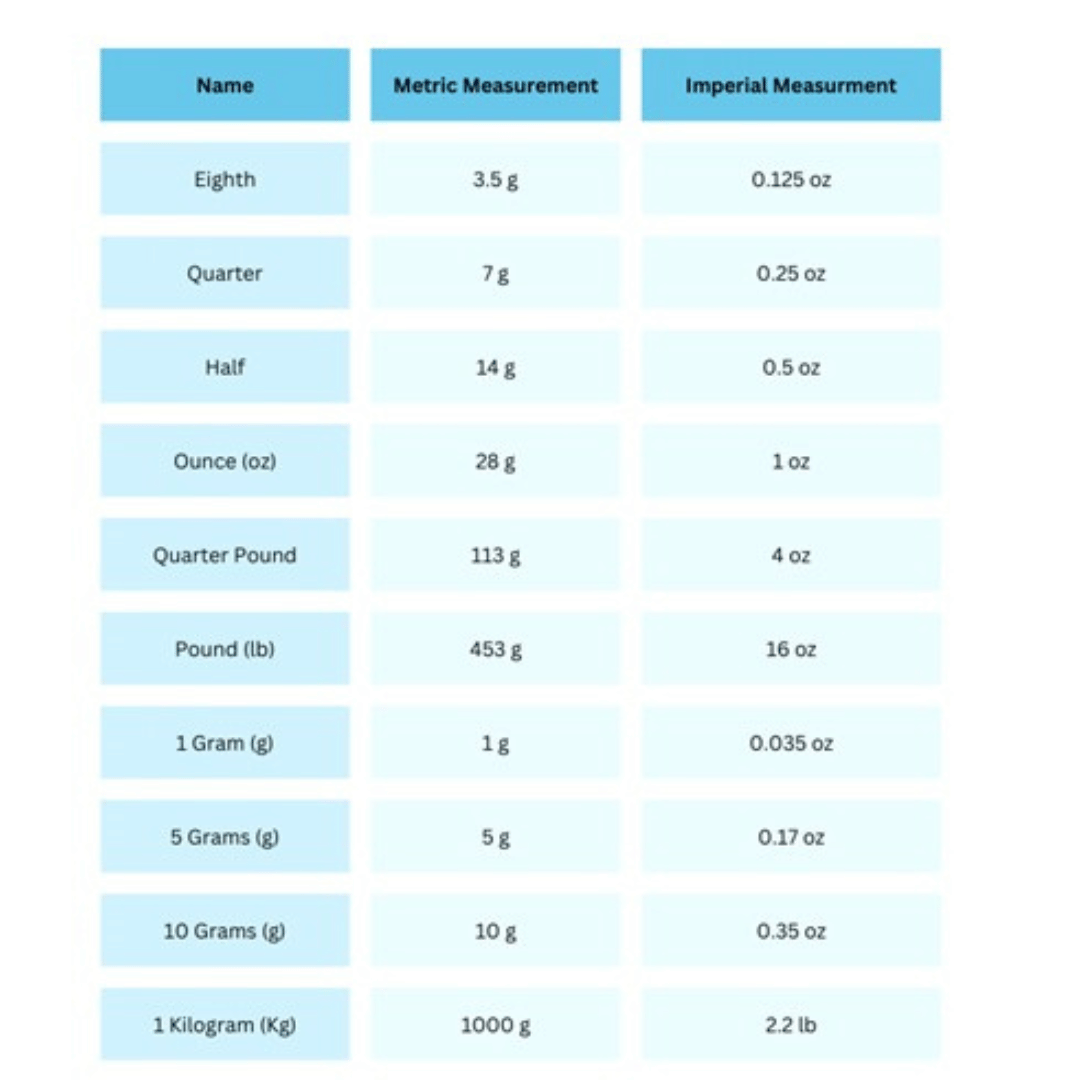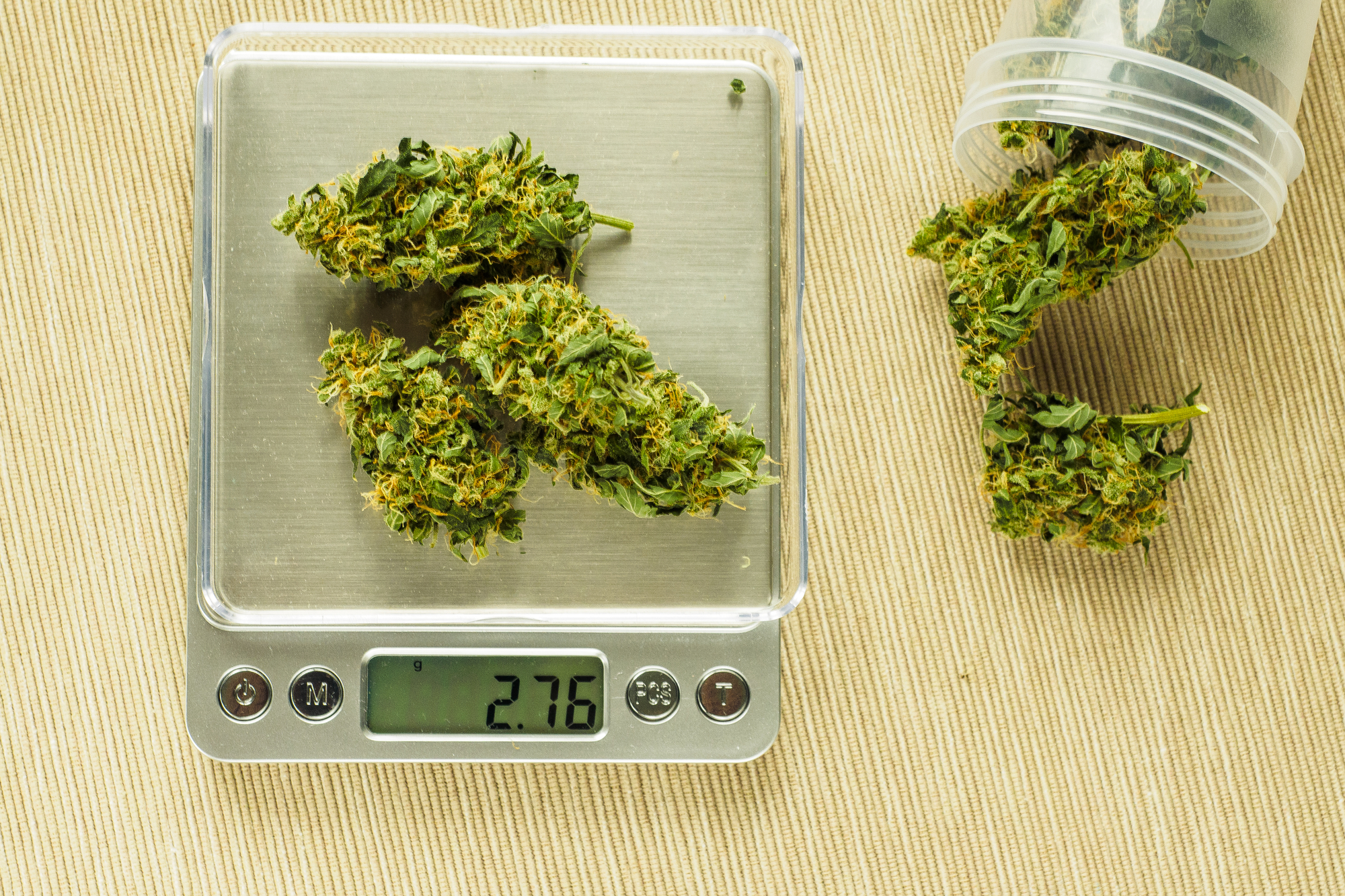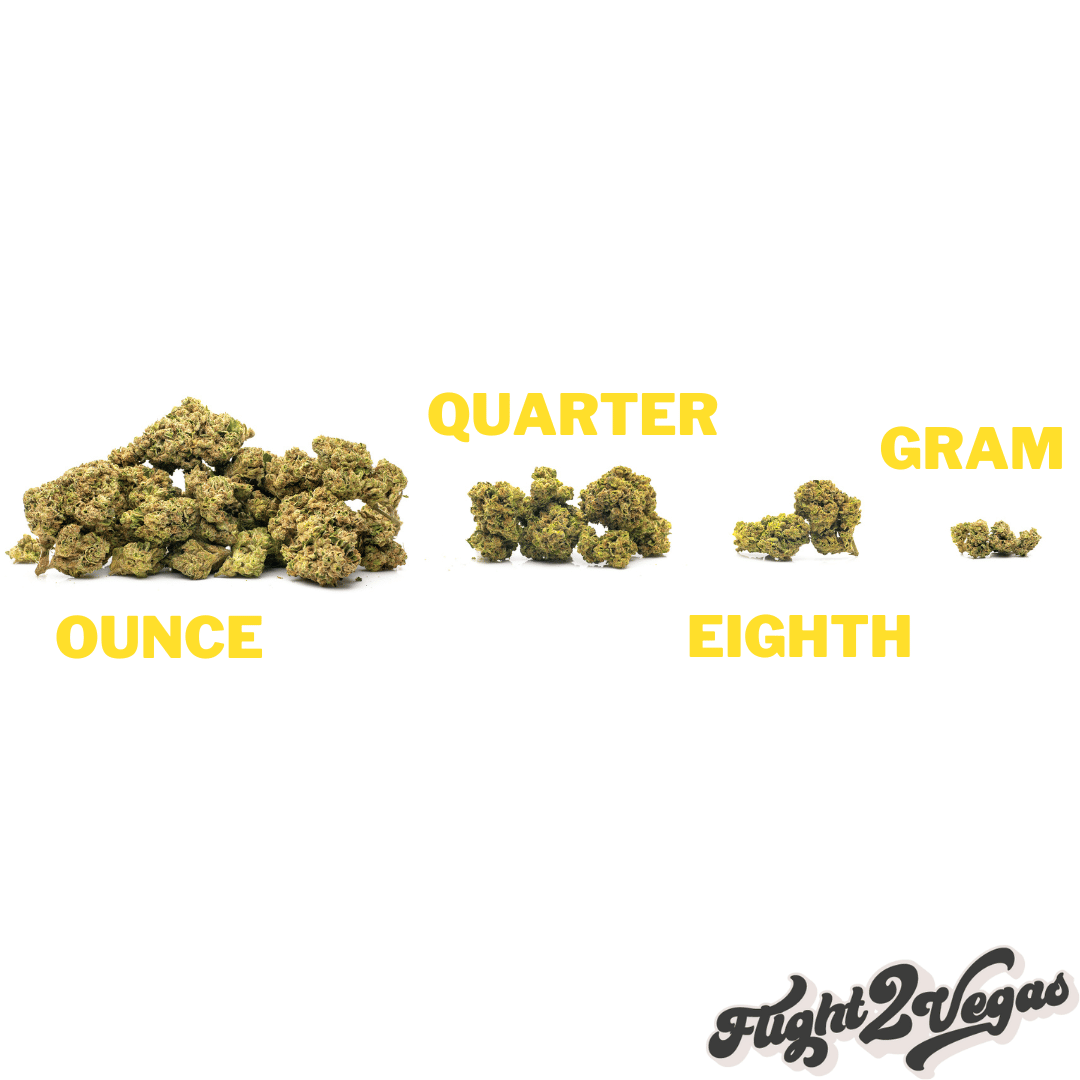

How Many Grams in A Quarter Pound? Marijuana Guide
When purchasing cannabis products, it is advantageous for customers to have a general understanding of measurements, as this could end up saving you a considerable amount of time and money depending on your purchasing goals. While some might be looking for a small amount of cheap flowers, ordering a larger quantity may be more beneficial, saving a few bucks with a wholesale price point.
Perhaps you’re new to the cannabis lingo around measurements and want to know how much weed is in a quarter pound. Having a solid understanding of weed measurements as they relate to quality weed prices will greatly impact your purchasing experience.
In this article, we will break down all the essential details on the weights of weed, so you will shop for cannabis products like a pro!

How many grams is a quarter pound of weed?
Simply put a quarter pound (QP) consists of four ounces of flower or roughly 113.4 grams. This is ¼ of a full pound which is equivalent to 16 ounces. This is considered a bulk amount of cannabis product, costing around $1600.00 USD.
Most dispensary retailers offer smaller quantities for customers, such as ounces or eights of flowers. These are often more affordable for the average consumer. You can certainly save money when buying more bud at once, but factors like shelf stability should be considered.
To better understand the measurement system used for cannabis, let’s take a look at the systems of measurement it originated from – the metric and imperial systems.
Units of measurement explained

Most of the world runs on the metric system, or a standard unit of measurement derived from a decimal system. It is the international standard and covers measurements of distance, time, size, and mass of just about anything in the world. The metric system originated in France during the late 1700s and has been adopted worldwide since.
This is the system that we get our base measurement in the cannabis industry, the gram. This is one of the smallest sizes of weed you can order, retailing at around $10-15 USD, and can fill about 1 or 2 full-sized or half-gram joints.
You may notice when it comes to cannabis, that most of the other sizes are measured using the imperial system, or the US standard of measurement. This includes measurements like ounces and pounds. From these two basic measurements, all other forms of cannabis measurements are created, by dividing pounds and ounces into halves, half quarter, or eighths respectively.
Converting back and forth between the imperial and metric systems isn’t hard, but often results in not-so-even or attractive numbers (one ounce is 28.3 grams). It brings into question, why use both grams and ounces? Now that we’ve covered the origins of the metric and imperial systems, let’s dive deeper into how both are used when measuring cannabis.
Why weed combines the metric & imperial systems

Ultimately, the origins of this combined metric and imperial system for measuring cannabis have yet to be nailed down with certainty. It is likely due to the pre-legalization era of cannabis. The gram was used as a universal measurement from both the pharmaceutical industry and the underground market for illicit drugs long before cannabis blossomed in popularity. Thus, the use of gram measurements was adopted by cannabis users, as it was often distributed in similar networks as other illegal substances.
When it comes to the US standard measurements being used, this is likely due to the rise in popularity of cannabis in the United States over the last 100 years. The US cannabis culture has made a lasting impact on the global industry, so in many places, you may still see ounces and pounds of cannabis.
Despite the US influence on cannabis culture, many countries have opted to strictly use the metric system to align with their national compliance guidelines. However, grams and ounces still remain the golden standard in US cannabis measurements.
To make things a little easier on you, if you are new to converting systems of measurement, below we’ve built out a simple guide on the most popular sizes used for cannabis.
The different weights of weed

There are a few common measurements you will come across when shopping for cannabis flowers. Similar to other industries, bulk quantities often come with price breaks for purchasing larger quantities at once.
Some of the more popular measurements you may come across, like eighths, quarter ounce, and a half ounce are available at many retailers. Occasionally, dispensaries may offer larger quantities like quarter pounds, half pound, or kilograms of cannabis, however, these quantities are rare. Furthermore, bulk quantities are often sold B2B via cannabis manufacturers and wholesale distributors based on regional laws.
On average, a dime bag costs $10 and contains one gram of flower. Ounces can range from $150 to $280. Based on these rates, if you purchase an ounce, you would get 28.3 grams, with each gram costing $0.10 less than a dime bag.
If you love a specific batch of flower, buying bulk is a great way to save a little cash over time. However, it’s important to note, that weed isn’t just priced by weight, but a few additional factors.
Pricing weed by weight
The cost of weed varies slightly, depending on factors like quality, brand, and special cultivation. A popular strain grown hydroponically and indoors will hold a higher price tag than standard outdoor cannabis. Other factors like location and tax laws may play a role in pricing, as each market has its own regulations that impact not just the cost of cultivating cannabis but also the tax and licensing fees of retailers.
Despite these fluctuations in pricing, there are some tricks for stretching your dollar when it comes to shopping for cannabis. When cannabis is priced, it is measured by the weight of the flowers, rather than the mass or density. This could mean some flowers appear larger or smaller, while still weighing the same amount. Additionally, each strain will have its own unique cannabinoid profile and thus have differing potency. Selecting strains with higher potency will mean you can consume a smaller portion for the same effects of a weaker strain. Products like concentrates offer an even stronger product, testing over 80% THC by weight, compared to top-tier flowers that test above 20% THC.
Wet weight vs. dry weight
Wholesale suppliers, commercial cultivators, and even hobbyists also need to keep in mind the difference between wet and dry weight when measuring and pricing out cannabis flowers. Depending on the state of the flower material, the pricing will fluctuate considerably.
Wet-weight weed refers to fresh, uncured cannabis flowers. This plant material can come fresh or frozen and can maintain freshness if handled carefully and kept in cold storage. Fresh flower is perfect for extracting artisan hash oil and other aromatic concentrates. Since this material holds a high concentration of water weight and requires further processing for a consumable product, it is often priced cheaper than dried cannabis flower.
Dry flower has undergone further processing such as drying and curing to achieve a smokeable and matured product that is shelf-ready. Thus, most dry flowers will be priced higher than fresh material, with slight adjustments in pricing based on genetic makeup and the overall quality of the bud. Higher-end flowers may cost more, but have undergone expert curing and are potent with active compounds (cannabinoids and aromatic terpenes). These technicalities are crucial to understand when judging the quality of cannabis flower against its price by weight.
A final weigh-in
Navigating the world of cannabis measurements can be a bit like deciphering a unique language. Understanding these measurements is not only a matter of practicality but also a key to making informed choices when purchasing cannabis.
Whether you’re a seasoned enthusiast or a newcomer to the cannabis scene, knowing the difference between wet and dry weights, the impact of potency and the pricing dynamics can significantly enhance your shopping experience.
In the end, it is not just about saving a few bucks, it is about appreciating the cultural nuances of this ever-evolving industry. When shopping for excellent cannabis products, your choices go beyond quantity, it’s an exploration of unique characteristics and effects each strain brings to the table. You cannot simply judge a flower based on just its size, but on its color, cure, and potency, too.
With choices abound, understanding the language of cannabis measurements empowers you to make choices that align with your preferences and budget. As you explore small bags of your favorite strain or dive deep into wholesale quantities, may your cannabis journey be informed, enjoyable, and above all, measured to perfection.











Leave a comment